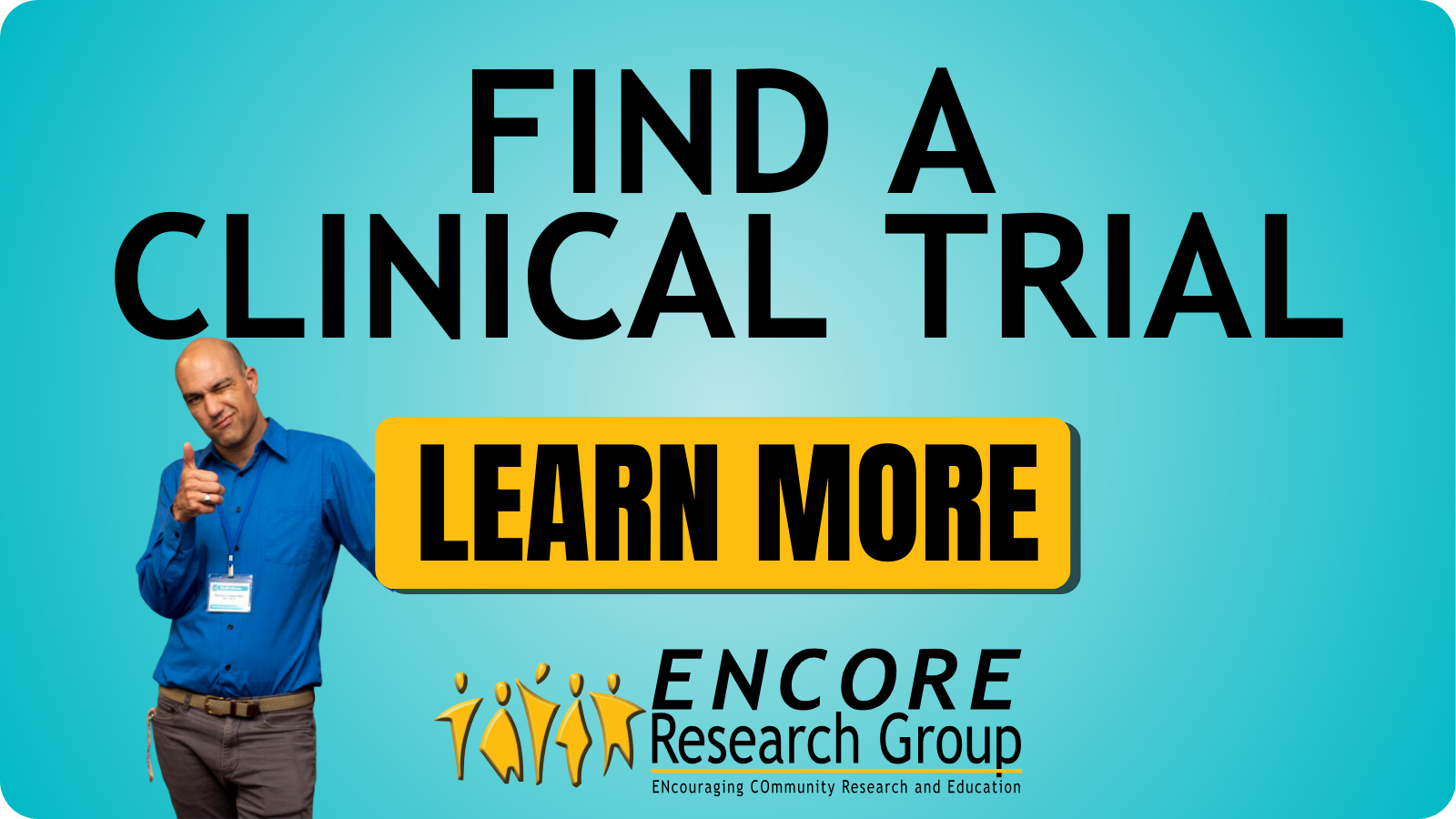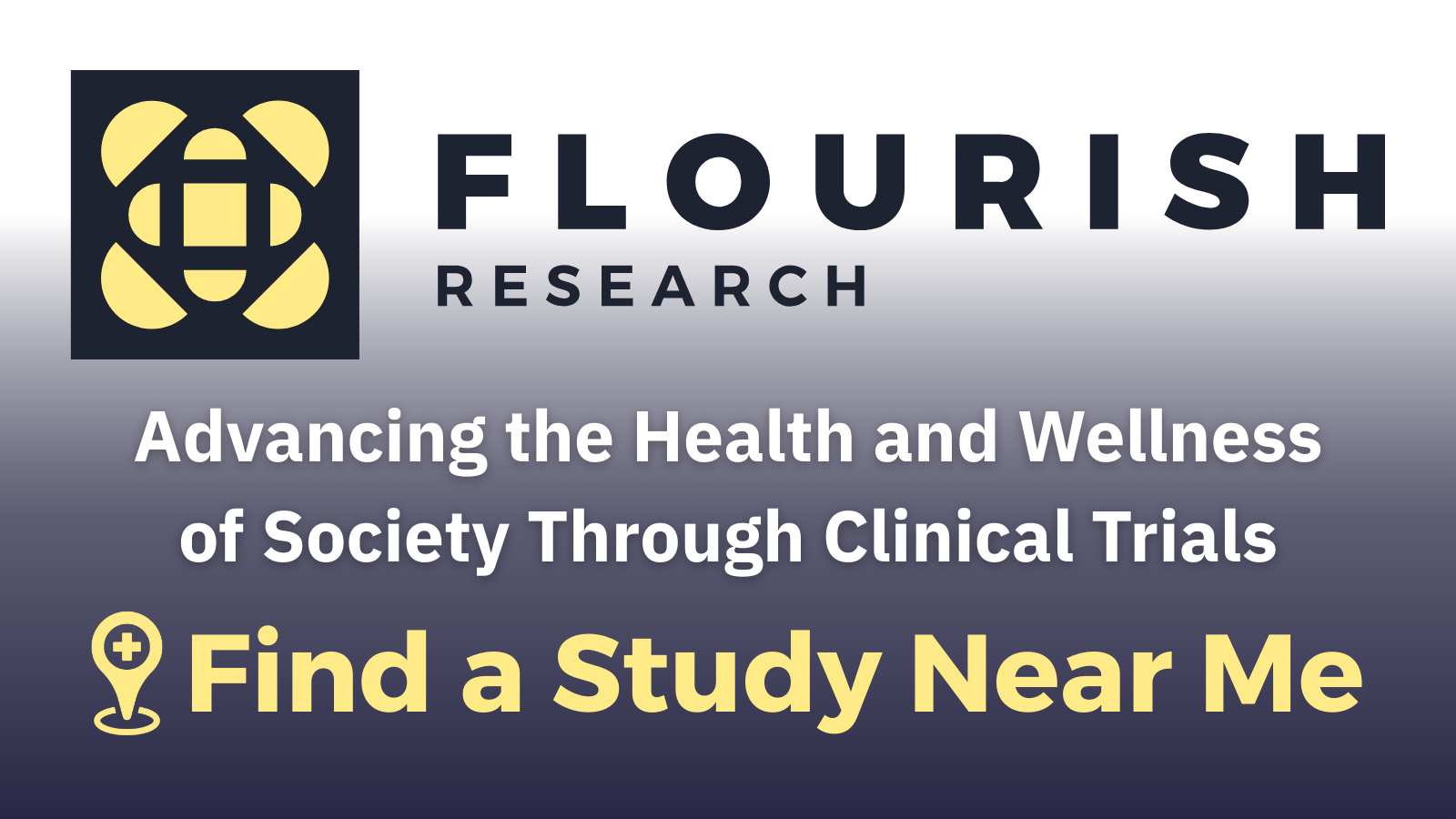The Physical and Mental Toll of PTSD

Trauma is depressingly common, with around half to three-quarters of adults in the US experiencing it at some point in their lives. When we experience trauma, the body and brain do their best to work through the event and come to a new normal. This results in sleep loss, agitation, reliving the event, avoiding reminders, negative thoughts, and increased edginess, alertness, and or anger. Unfortunately, for a significant number of people, these symptoms fail to resolve and the sufferer may have Post Traumatic Stress Disorder (PTSD). Around six percent of Americans have PTSD at some point in their lives. It is twice as likely in women than in men and more likely still among veterans. Deployed veterans have even higher rates, with those deployed in Iraq and Afghanistan reporting rates as high as 29%, according to a 2021 study.
PTSD can manifest in a multitude of ways. Reliving the event can include nightmares, flashbacks, distressing thoughts, and physical symptoms. These symptoms include the release of stress hormones and increased blood pressure, which can be dangerous for cardiovascular health. Many PTSD sufferers try to avoid reminders and triggers of the trauma, which may lead to avoiding crowds and trauma-adjacent events, avoiding videos or actions similar to the trauma, and staying busy to drive other thoughts out. Triggers may include loud noises, sudden movements, crowds, anniversaries of events, and sights, sounds, or smells that remind of the trauma. Negative thoughts can include fear, anger, guilt, and shame, but also distrust, numbness, a loss of interest in enjoyable activities, and memory loss. Finally, increased response to stimuli and triggers, called hyperarousal, can manifest in a jittery, anxious feeling, alertness or tenseness, irritability, anger, and trouble with sleep and concentration. In addition, hyperarousal can lead to substance abuse and engagement in dangerous activities like aggressive driving. These symptoms can come and go over time.
How does this work in the body? One theory is allostatic load. Allostasis is our ability to stay balanced and adapt to changes, and allostatic load is when extreme stress from trauma leads to a maladaptive response to those changes. One problem is a lack of habituation. Habituation is the ability to respond to a stressor less and less over time. An experiment in the mid-90s, for instance, measured the levels of the stress hormone cortisol in people as they performed public speaking and math in front of an audience once a day over 5 days. Most people had their stress levels decrease steadily each day as their body habituated to the stressful event. Some people failed to habituate, however, and had just as much stress hormone by the end. PTSD can manifest like this second group, where a stressful event (like fireworks) continues to produce a maximum-stress response without habituation. Other responses to allostatic load include a failure to stop producing stress molecules and a failure to produce stress molecules at all. In either of these situations, the balance of these molecules in the body is off and our health and well-being suffers.
Prolonged stress from PTSD has effects all over the body. The cardiovascular system, brain, and immune system deteriorate. Stress hormones circulate at high levels, changing body metabolism - potentially leading to obesity. So what can be done? Randomized, controlled clinical trials are the gold standard for producing evidence showing the effectiveness of treatments. Unfortunately, trials rarely collect veteran status data, meaning PTSD treatment data targeting one of our most at-need populations isn’t always available. Luckily, veterans still participate in many trials, and for excellent reasons. Surveys have shown that veterans tend to care less about financial compensation and more about altruism and giving back to the medical community, making this population excellent candidates for many trials.
The treatments with the best clinical evidence of success are trauma-focused talk therapies. Cognitive processing theory is an evidence-based therapy where negative thoughts are reframed as the trauma is addressed. Prolonged exposure therapy is a method of re-experiencing the traumatic event in a safe environment. Eye movement desensitization and reprocessing therapy is processing the trauma while focusing on something else, like a moving light or sound. These trauma-focused talk therapies help decouple the traumatic event from the emotions felt, giving the brain a chance to process the event in an adaptive way. Beyond these treatments, some patients benefit from antianxiety and antidepressant medications like serotonin-norepinephrine reuptake inhibitors(SNRIs) and selective serotonin reuptake inhibitors (SSRIs). Psychedelics like MDMA, Ketamine, Psilocybin, and LSD are widely discussed online but can be difficult to study due to government regulations. There has been some evidence that these psychedelics may be effective when coupled with therapy. In August 2024, the FDA rejected approval for MDMA, citing a need for additional evidence.
If you or someone you know may be experiencing PTSD, help may be available. For a crisis situation, dial 988.
Creative Director Benton Lowey-Ball, BS, BFA
|
Click Below for Flourish Research's Enrolling Studies |
|
Click Below for ENCORE Research Group's Enrolling Studies |
Resources:
U.S. Department of Veterans Affairs. (31 October 2024). PTSD: National center for PTSD. [Website]. Accessed 11 November, 2024. https://www.ptsd.va.gov/
NIH funded Clinicaltrials.gov PTSD studies: clinicaltrials.gov
References:
American Psychiatric Association. (2013). Understanding the impact of trauma. In Diagnostic and statistical manual of mental disorders (5th ed.). https://www.ncbi.nlm.nih.gov/books/NBK207191/box/part1_ch3.box16/
Campbell, H. M., Raisch, D. W., Sather, M. R., Warren, S. R., & Segal, A. R. (2007). A comparison of veteran and nonveteran motivations and reasons for participating in clinical trials. Military medicine, 172(1), 27-30. https://doi.org/10.7205/MILMED.172.1.27
Del Gaizo, A. L., Elhai, J. D., & Weaver, T. L. (2011). Posttraumatic stress disorder, poor physical health and substance use behaviors in a national trauma-exposed sample. Psychiatry research, 188(3), 390-395. https://doi.org/10.1016/j.psychres.2011.03.016
Eftekhari, A., Ruzek, J. I., Crowley, J. J., Rosen, C. S., Greenbaum, M. A., & Karlin, B. E. (2013). Effectiveness of national implementation of prolonged exposure therapy in Veterans Affairs care. JAMA psychiatry, 70(9), 949-955. https://jamanetwork.com/journals/jamapsychiatry/fullarticle/1714401
Friedman, M. J. (9 May, 2024). History of PTSD in veterans: Civil War to DSM-5. PTSD: National center for PTSD. [Website]. Accessed 11 November, 2024. https://www.ptsd.va.gov/understand/what/history_ptsd.asp
Hillyer, G. C., Park, Y. H. A., Rosenberg, T. C. H., Mundi, P., Patel, I., & Bates, S. E. (2021, April). Positive attitudes toward clinical trials among military veterans leaves unanswered questions about poor trial accrual. In Seminars in oncology 48(2), 130-140. WB Saunders. https://doi.org/10.1053/j.seminoncol.2021.04.001
Kirschbaum, C., Prussner, J. C., Stone, A. A., Federenko, I., Gaab, J., Lintz, D., ... & Hellhammer, D. H. (1995). Persistent high cortisol responses to repeated psychological stress in a subpopulation of healthy men. Psychosomatic medicine, 57(5), 468-474. https://journals.lww.com/psychosomaticmedicine/abstract/1995/09000/persistent_high_cortisol_responses_to_repeated.9.aspx
Lykos Therapeutics. (9 August, 2024). Lykos therapeutics announces complete response letter for midomafetamine capsules for PTSD. Lykos therapeutics news releases. [Website]. Accessed 4 November 2024. https://news.lykospbc.com/2024-08-09-Lykos-Therapeutics-Announces-Complete-Response-Letter-for-Midomafetamine-Capsules-for-PTSD
McEwen, B. S. (1998). Protective and damaging effects of stress mediators. New England journal of medicine, 338(3), 171-179. https://www.nejm.org/doi/full/10.1056/NEJM199801153380307
Mithoefer, M. C., Wagner, M. T., Mithoefer, A. T., Jerome, L., & Doblin, R. (2011). The safety and efficacy of±3, 4-methylenedioxymethamphetamine-assisted psychotherapy in subjects with chronic, treatment-resistant posttraumatic stress disorder: the first randomized controlled pilot study. Journal of psychopharmacology, 25(4), 439-452. https://doi.org/10.1177/0269881110378371
Reiff, C. M., Richman, E. E., Nemeroff, C. B., Carpenter, L. L., Widge, A. S., Rodriguez, C. I., ... & Work Group on Biomarkers and Novel Treatments, a Division of the American Psychiatric Association Council of Research. (2020). Psychedelics and psychedelic-assisted psychotherapy. American Journal of Psychiatry, 177(5), 391-410. https://psychiatryonline.org/doi/full/10.1176/appi.ajp.2019.19010035
Taylor-Desir, M. (2022, November). What is Posttraumatic Stress Disorder (PTSD)? American psychiatric association. [Website]. Accessed 11 November 2024. https://www.psychiatry.org/patients-families/ptsd/what-is-ptsd



